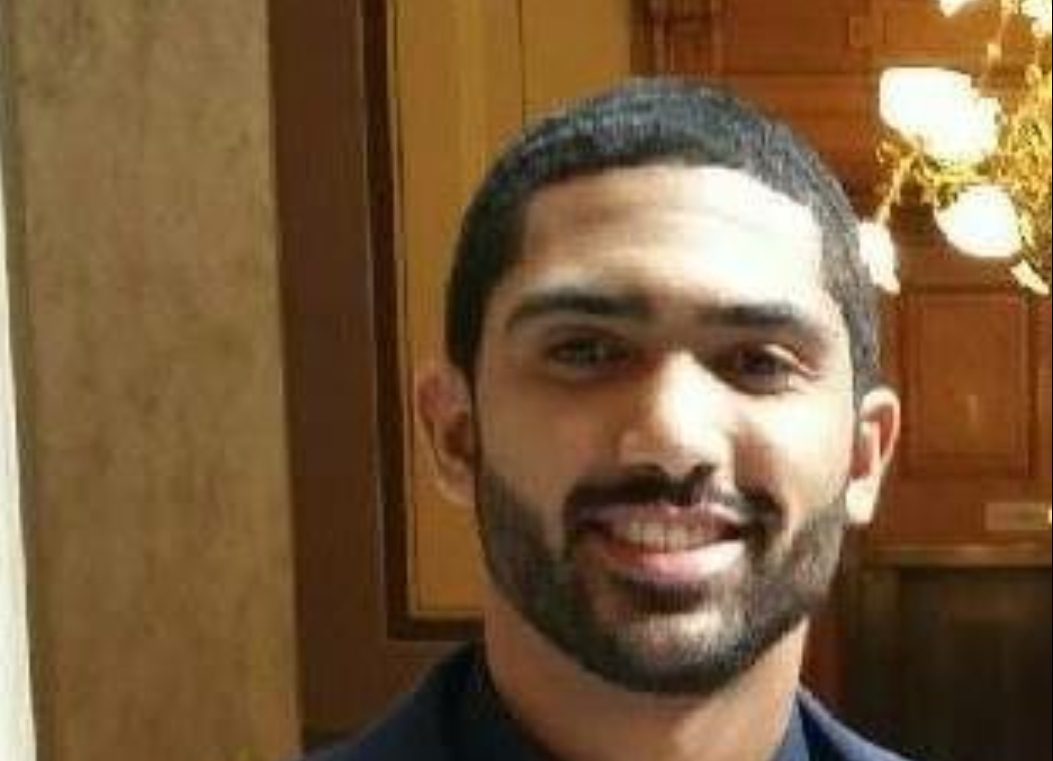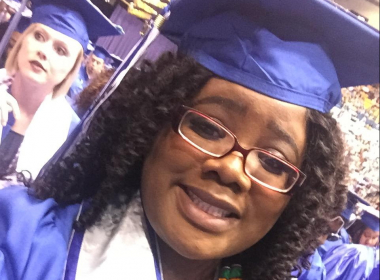
Tony Gillespie, the director of public policy and engagement at the Indiana Minority Health Coalition, manages state and federal government relations, including legislative education and liaison activities, focusing on public policy development and working with legislators and policymakers on current Indiana and national legislation and policy.
“I work with staff and partners to align IMHC coalitions/affiliates/funded partners with legislator and policymakers through organized projects, campaigns, grassroots initiatives and public health strategies. This position also works on messaging, public relations and external communication that supports and assist in fulfilling the overall mission of the organization,” he says.
Read what else he has to say.
What guided you to this career?
I have always had a deep love and respect for the power of the collective community voice as a means to make change for the better. Growing up, I loved to study and hear the stories of the Civil Rights Movement, Stonewall, Women’s Liberation Movement, etc. I was exposed to community empowerment and mobilization at an early age by my uncle, Gardest Gillespie, who was a city councilman in Gary, Indiana.
In serving in your position, what have you learned about yourself?
I am by far the least political person that I know, yet I am working directly with legislators and policymakers. Go figure. And that change on a state or federal level is less about political affiliation and more about the people.
Some would say that we have evolved as a society. How has this impacted the subject of HIV/AIDS in the Black community?
Just the history of my work with IMHC is evidence of growth and evolution. I came to IMHC leadership in the ’90s as part of a group of angry Indiana advocates who saw African American Gay Men becoming infected and dying at greater rates that other populations. There were no targeted service at that time. We ask why this statewide agency that was created to address chronic disease and health disparities that disproportionately affected minorities had done nothing to address the HIV/AIDS epidemic that was affecting African Americans. The response was simply we don’t know what to do, but please work with us to develop a meaningful response. The organization immediately applied for and received federal funding to address the epidemic. Through community education, research and advocacy IMHC has addressed issues of homophobia, understand and reducing HIV/AIDS stigma, increasing access to quality health care and the readiness to provide sexual health services, as well as many others.
Why is there such a big difference around the subject of HIV/AIDS in the African American community?
There are many ideas about why HIV is such a big problem in the Black community. Poverty, distrust of public health, fewer targeted health care resources, lack of information, stigma about HIV/STD are just a few. The fact the after 30 plus years there are still at least 50,000 new HIV cases a year is a clear indication that we don’t have a handle on the virus.
This why the Annual Indiana Statewide HIV/AIDS Awareness Day event is so important. Now in its 11th year, this effort is a partnership with the Indiana Department of Mental Health Addiction, the Indiana State Department of Health and IMHC. Since its inception, more than 30,000 school age children, 11 to 15 years old, have received basic HIV 101 information.
Would you share some statistics about HIV/AIDS within the African American community?
According to the Centers for Disease Control, African Americans are the racial/ethnic group most affected by HIV. The rate of new HIV infection in African Americans is eight times that of whites based on population size. And, gay and bisexual men account for most new infections among African Americans with young gay and bisexual men aged 13 to 24 are the most affected of this group. African Americans accounted for an estimated 44 percent of all new HIV infections among adults and adolescents, aged 13 years or older. In 2010, despite representing only 12 percent of the US population, considering the smaller size of the African American population in the United States, this represents a population rate that is eight times that of whites overall. Men accounted for 70 percent — 14,700 of the estimated 20,900 — of the new HIV infections and women accounted for 6,100, 29 percent, of the estimated new HIV infections among all adult and adolescent African Americans.
What services are available for someone with HIV/AIDS?
In Indiana, HIV testing and prevention services are available statewide so that individuals can be tested and know their HIV status. Those who test negative can access prevention services to help to remain negative. For those who test positive for HIV case management and medical assistance programs are available to ensure that People Living with HIV receive quality and consistent health care and access to medication.
What advice can you give someone who is gay and afraid to share their truth?
Sharing the truth is a unique process for the individual. And sharing one’s sexual orientation is extremely personal. I shared my truth with my family first. And once my grandmother, my parents, brothers and sisters [didn’t] love me any less, I figured the rest of the world would just have to deal with it. But I know not everyone has a positive experience. It’s important to never force your truth on anyone. Not everyone can handle it. And not everyone will take care of your heart. Share with those who share mutual love and trust. That may or may not be family.
What advice would you give to a parent who struggles with the reality of having a gay child?
While I am not parent, my parents provided an incredible blueprint for me to follow. So when I asked my mother and father their response was simply this: “Pray for guidance. Arm yourself with the facts, not the myths. Love your child. Love yourself.”










